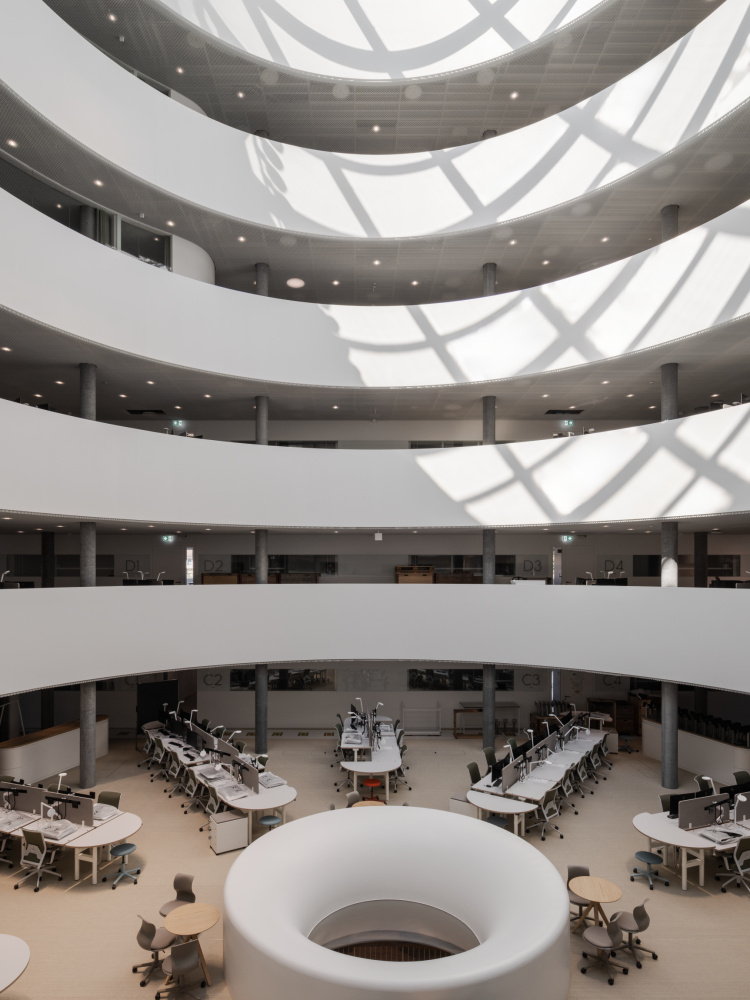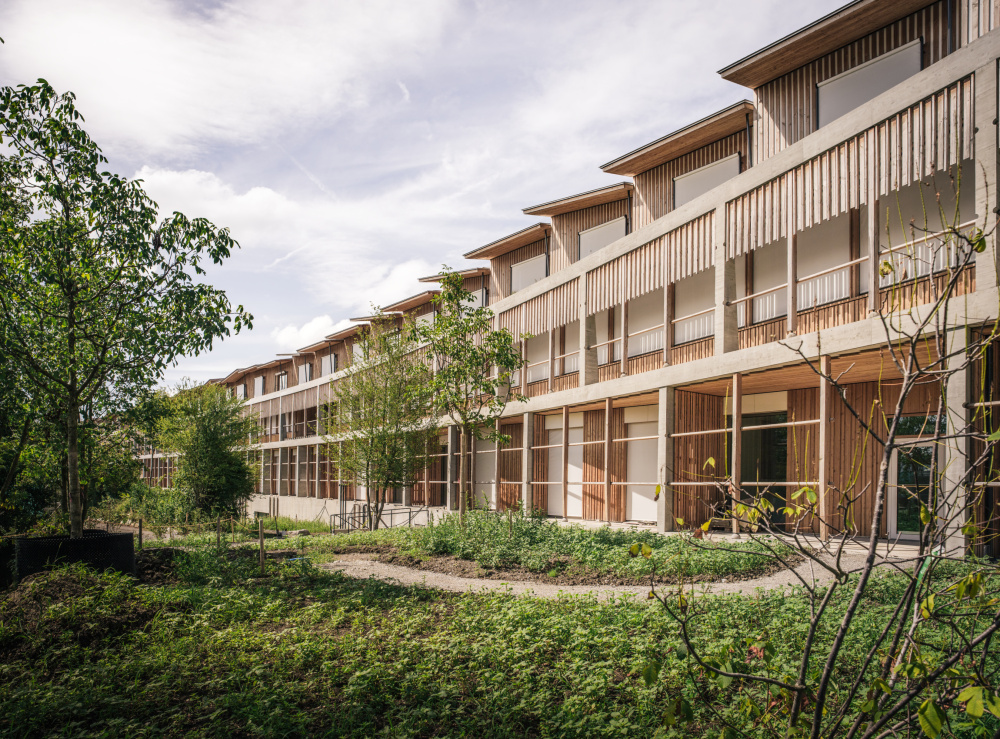
Herzog & de Meuron has completed a new Children's Hospital in Zurich – a project the studio hopes will become an important healing environment for its patients. The design, which was explored during the Royal Academy's recent Herzog & de Meuron exhibition in London, is set at the foot of the city's Burghölzli hill and contains an acute-care hospital and an adjacent research and teaching facility.
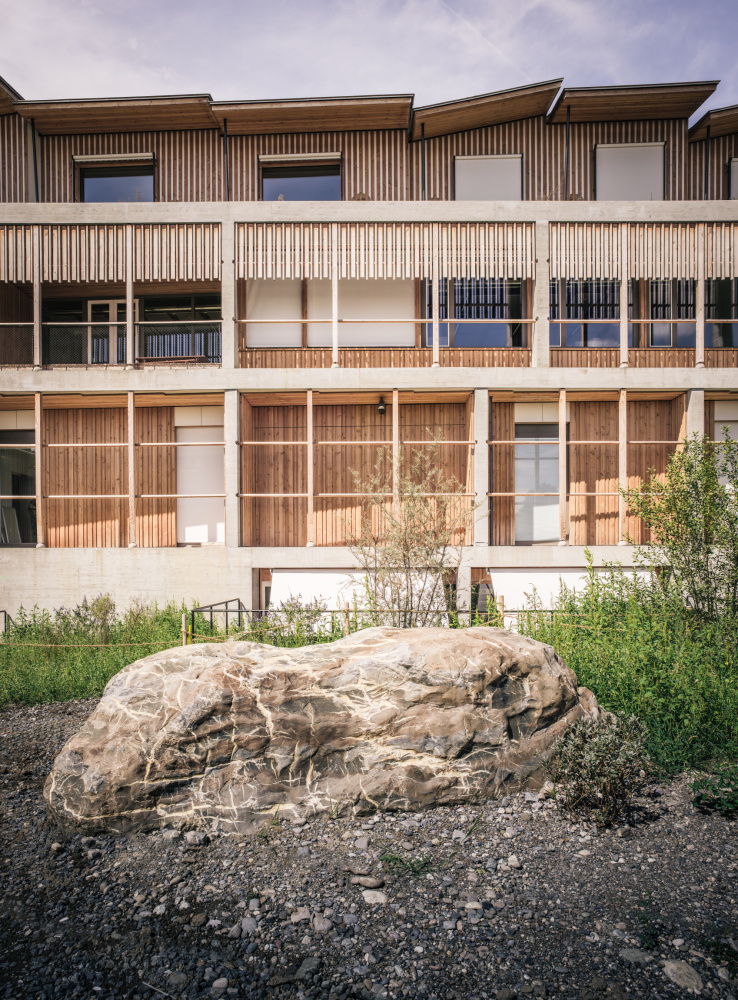
Exploring Herzog & de Meuron’s Children’s Hospital in Zurich
The architects took a holistic approach in their design, treating the various hospital elements – and the further healthcare buildings in the surrounding urban setting – as a 'miniature city'. Collaborating closely with the different stakeholders and specialists involved in the project, as well as the hospital’s users, the practice's desire was to craft a place that is functional but feels human and caring – an architecture that contributes towards healing.
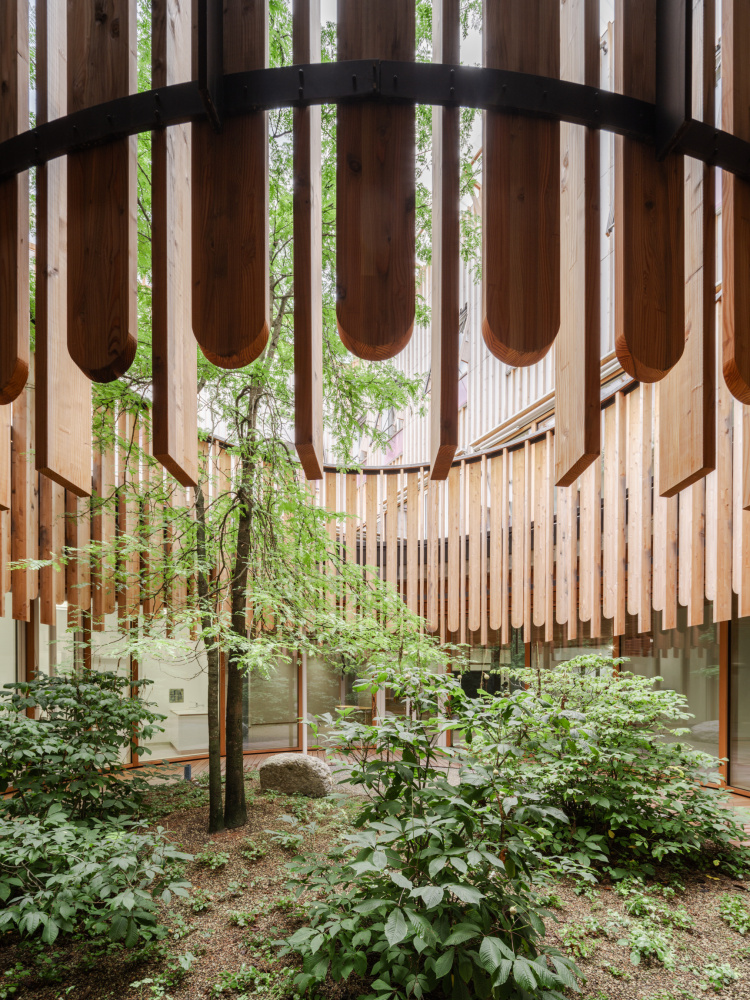
'People in hospitals are often in life-threatening situations. That is an exceptional challenge not only for patients but also for relatives, carers and physicians. Ironically, hospitals all over the world and even in Switzerland are often the ugliest places. For the past 20 years, we have zeroed in on this issue, because we are convinced that architecture can contribute to the healing process; it can make a substantial difference,' says practice director Jacques Herzog.
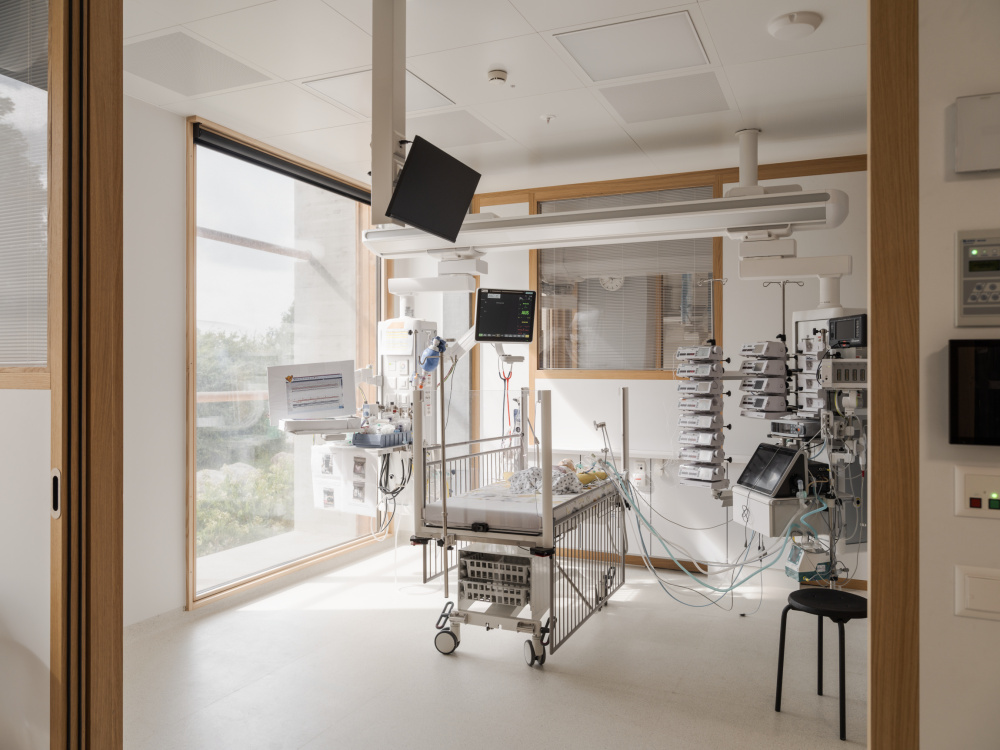
‘Here at the Children’s Hospital, people can see for themselves how daylight coming in from outside and variations in proportion can animate and change a room, how plants and vegetation can blur the distinction between inside and outside and how materials are not just beautiful to look at but also pleasing to the touch. We designed all these things with conscious intent so that people can perceive them, sense them and ultimately feel better. Architecture can contribute to healing.’
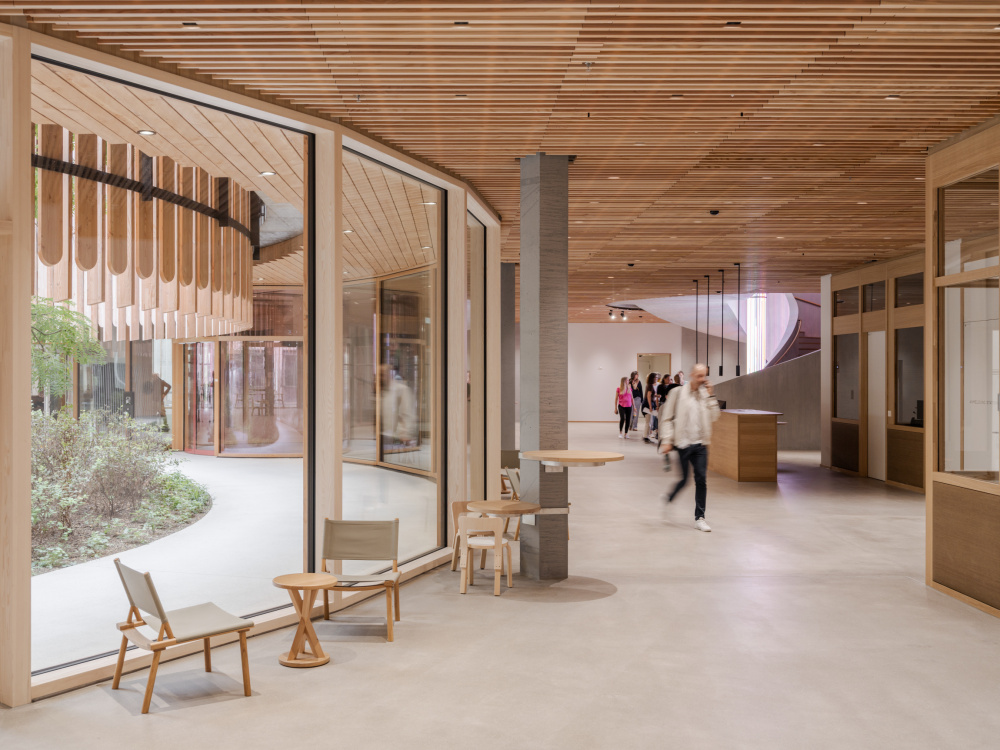
The hospital wing features a concrete frame that spans three storeys. It is clad and extended with intricate wooden infills which blend with rich foliage, creating an environment that feels close to nature. Indeed, the scheme's landscaping was extensive and included the planting of over 250 trees.
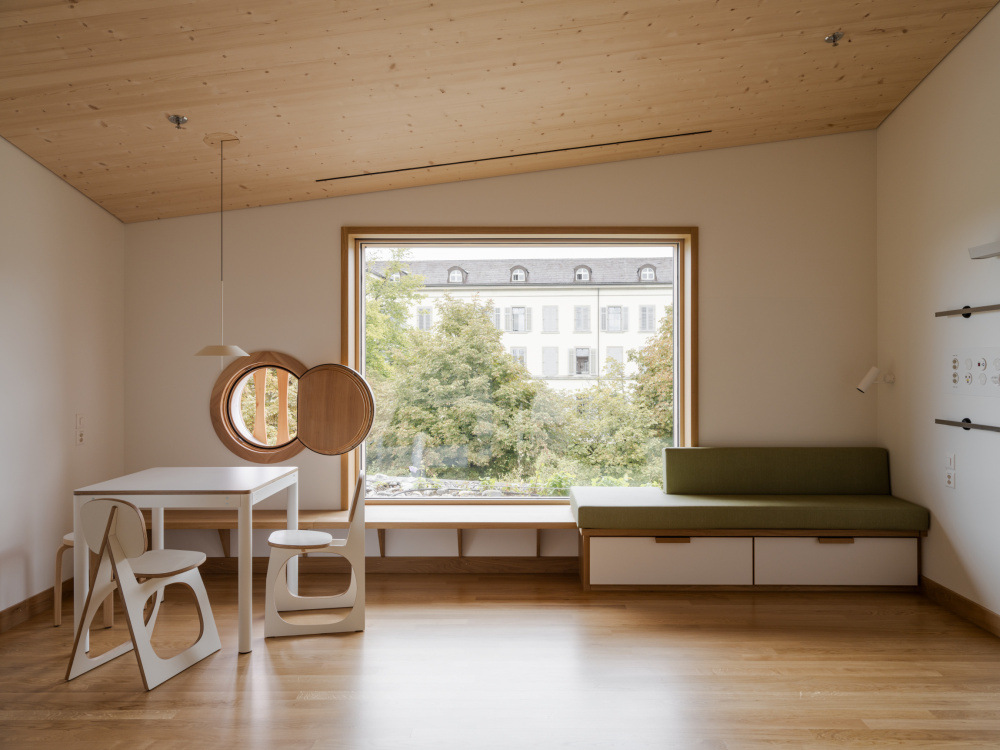
The research element of the project is located in a cylindrical structure across five floors, with an atrium at its heart. Openness and creative exchange are encouraged inside, while the lush greenery makes its appearance here too.
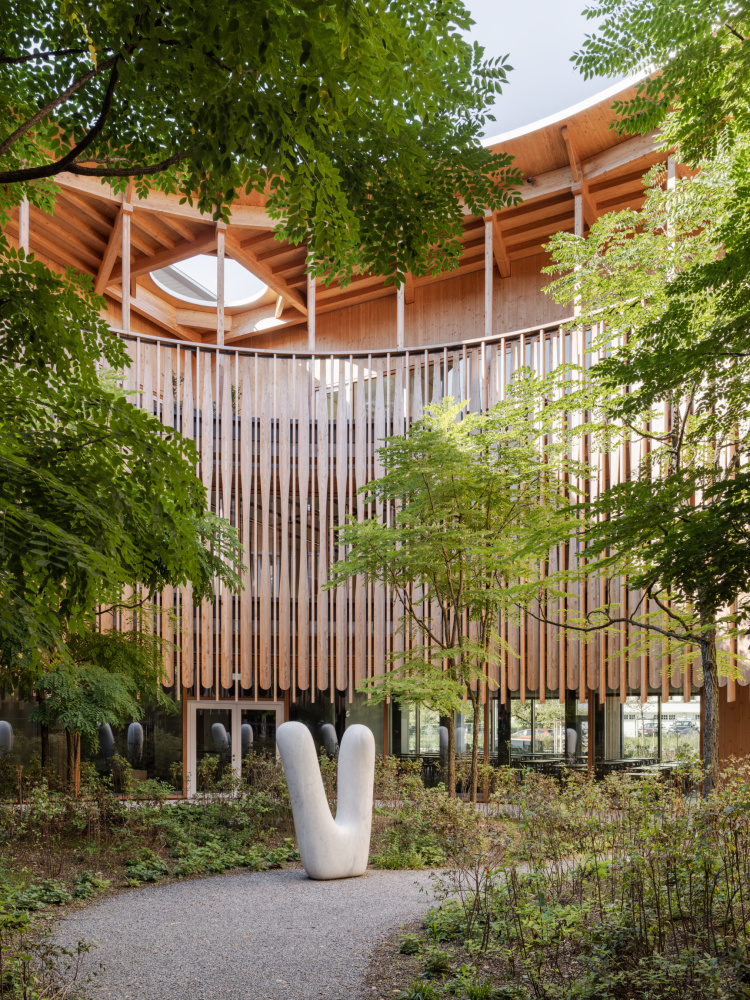
As a result of the project's careful thinking, materials, construction methods and planting, both wings 'have been awarded the platinum certification of building sustainability as specified by the strict guidelines of the SGNI (Swiss Sustainable Building Council)', the architects say.
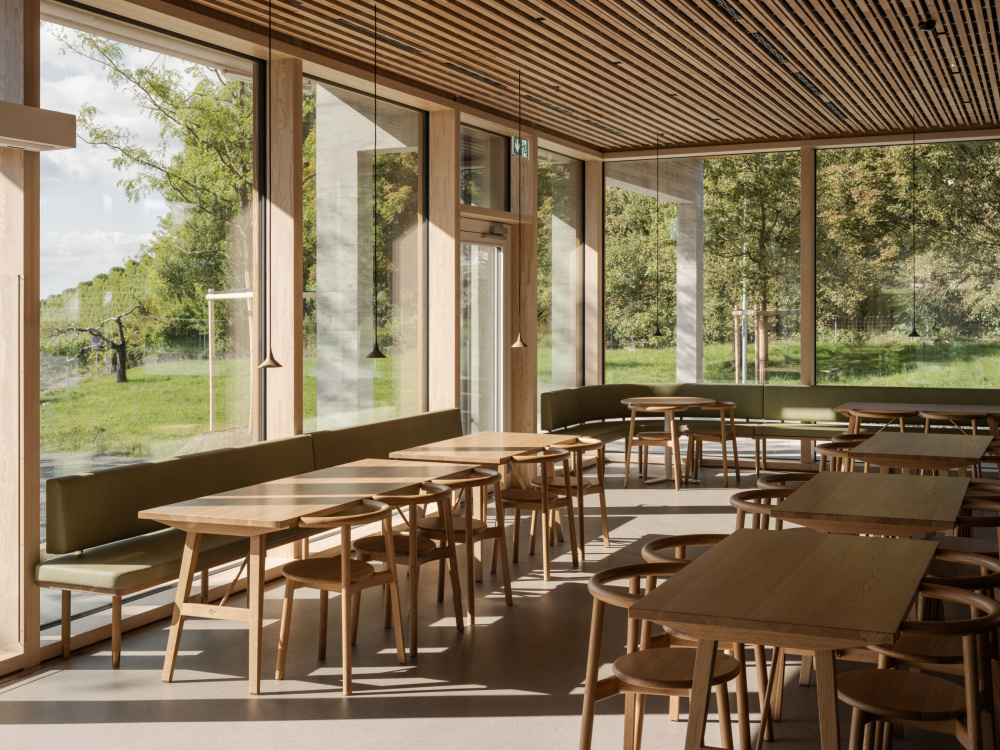
'The curved, three-storey main façade with its endearing small-scale wooden houses and variously sloped roofs offers a friendly and warm welcome to young patients and their families. The acute care hospital is organised like a town – with courtyards, streets, alleys, and squares,' says Pierre de Meuron.
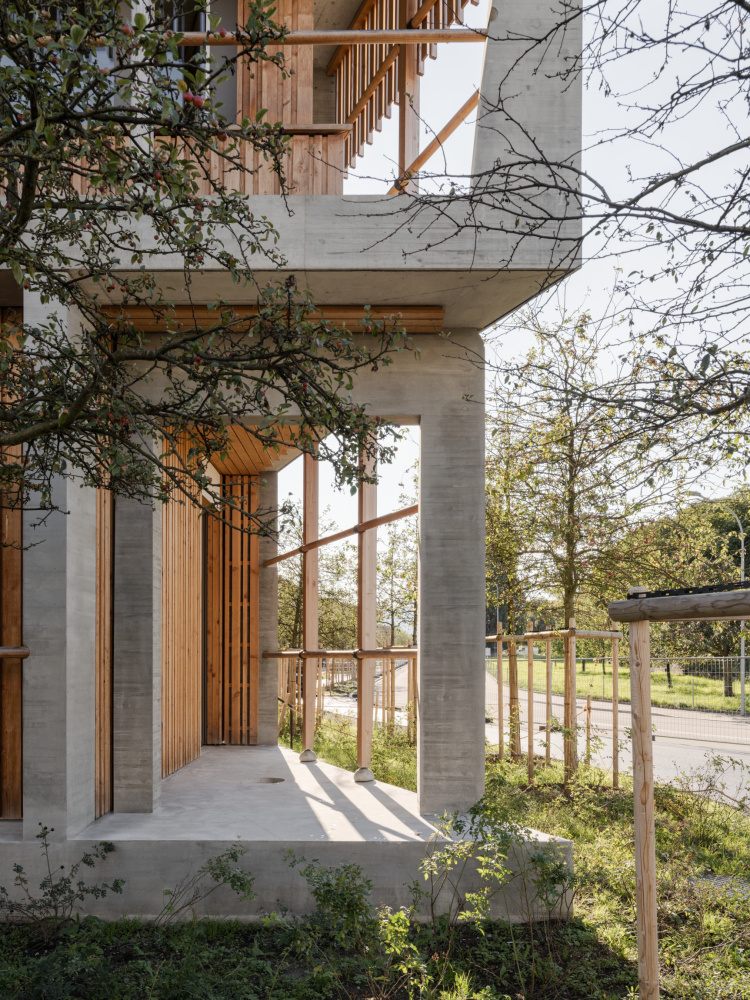
'These, along with the thoughtful use of wood and carefully placed art installations, provide clear and memorable orientation, plenty of daylight, and a connection to nature. The spatial diversity, with views both inside and out, also offers spaces for children, teenagers, and their families to stay and play, as well as restful break areas for hospital staff.'
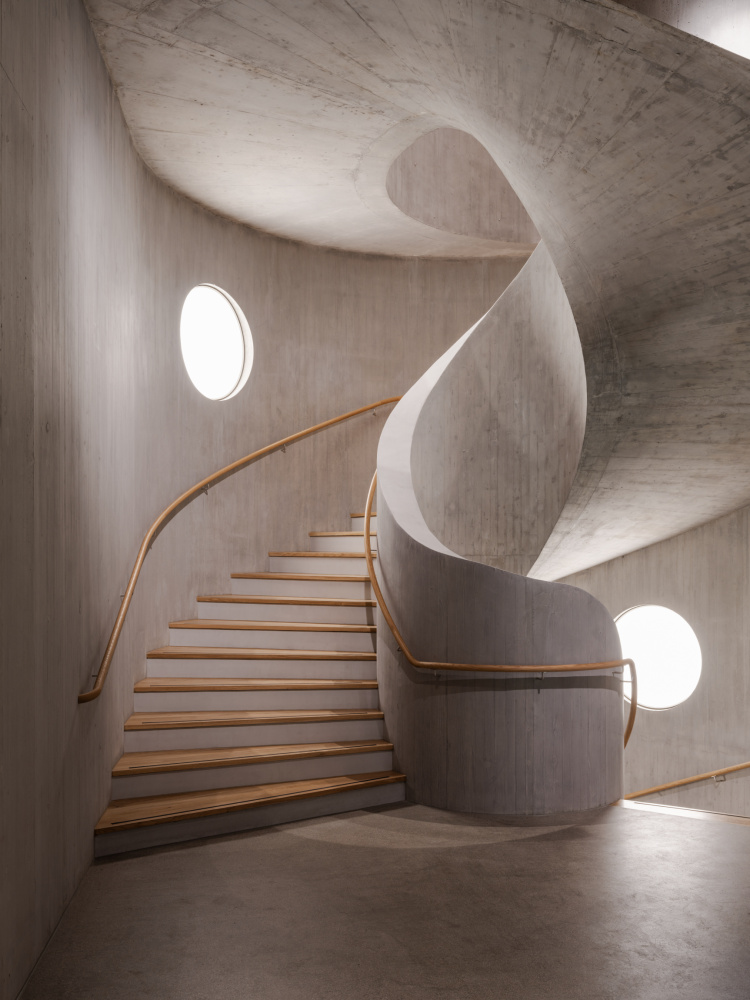
While different, the two buildings in the new Herzog & de Meuron hospital were treated as complementary, the architects stress. The overall composition feels balanced and everything is subtly and meaningfully connected – looking after the wellbeing of patients, their relatives and the employees, and fostering an environment where science can thrive.
